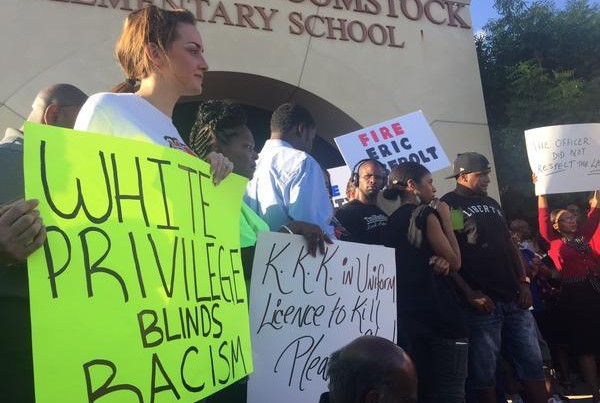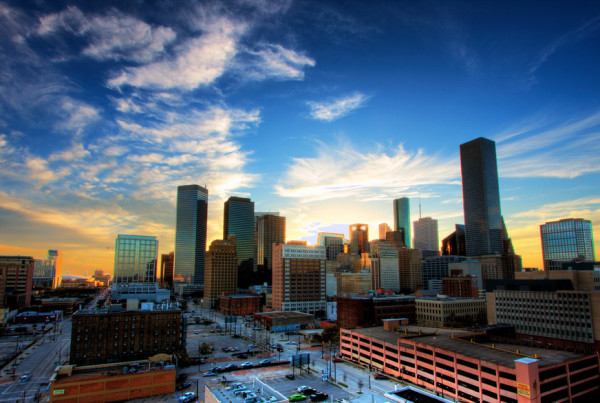McKinney, Texas was a relatively quiet suburb outside of Dallas until this past weekend, when it was thrust back into the national police misconduct debate. Officers in McKinney responded Saturday to complaints about a neighborhood pool party. Similar to the officer-involved deaths of Freddie Gray or Walter Scott, reporting on the McKinney incident has largely been based on the raw video footage instead of information released in official police statements.
These videos don’t necessarily provide a complete account of the incident, but former Chief of Police David Couper says they are important because they spark public debate in completely new ways.
“We are seeing things that we never saw before because of the technology,” Couper says. “For example, the shooting in North Charleston of Walter Scott would have been lost in the morass of police report. The fact that there was a video made that case.” He argues that videotaping police interactions gives the public a concrete way to hold officers accountable when they make mistakes on the job.
But Couper sees another benefit from videotaping police interactions – exposure to the unknown.
“I think for most of America now, it’s a little shocking because they don’t have a lot of contact with police,” Couper says. “We’re seeing things that have gone on for some time. You talk to most people of color, they’ll say ‘What’s new?’”
The shaky cell phone footage draws viewers in and lets them see a side of policing that they aren’t used to seeing.
“Well over 90 percent of what police do is interactional… helping, advising, cautioning people, and very little wrestling on the ground and pepper spraying and shooting people”
With the release of amateur videos like the one out of McKinney, much of America is finally getting a chance to see that other 10 percent of what police do. So where do we go from here?
Couper believes these cell phone videos give policymakers a unique opportunity to improve their practices, specifically police training. “The training has been downhill since 9/11,” says Couper. “We started training police with the idea that people are out there to get them and the public is dangerous.”
Many share Couper’s concerns that this shift in how police approach their job has deepened the rift between officers and minority communities. In recent months, police departments across the country have started looking at improving community policing practices.
The Ohio House of Representatives is moving to increase the training hours required for new police officers and following the death of Freddie Gray, the Baltimore Police Department is also revamping their officer training program.
Couper is encouraged by the recent trend to increase the amount of training police receive, but he feels that simply adding more training hours doesn’t address the underlying issue.
“It’s about attitude, it is the current ethos of the American police,” says Couper. When looking at the video from McKinney or the footage of Eric Garner in a chokehold, Couper suggests we should not only hold the officer accountable for what he did wrong, but use these videos of police action to help redefine what it means to be a police officer in America. “Do they see themselves as being guardians and helpers? Or are they part of this sort of warrior mentality in which they depend not on their legitimacy in a community, but their authority and the fear which they can provoke.”















